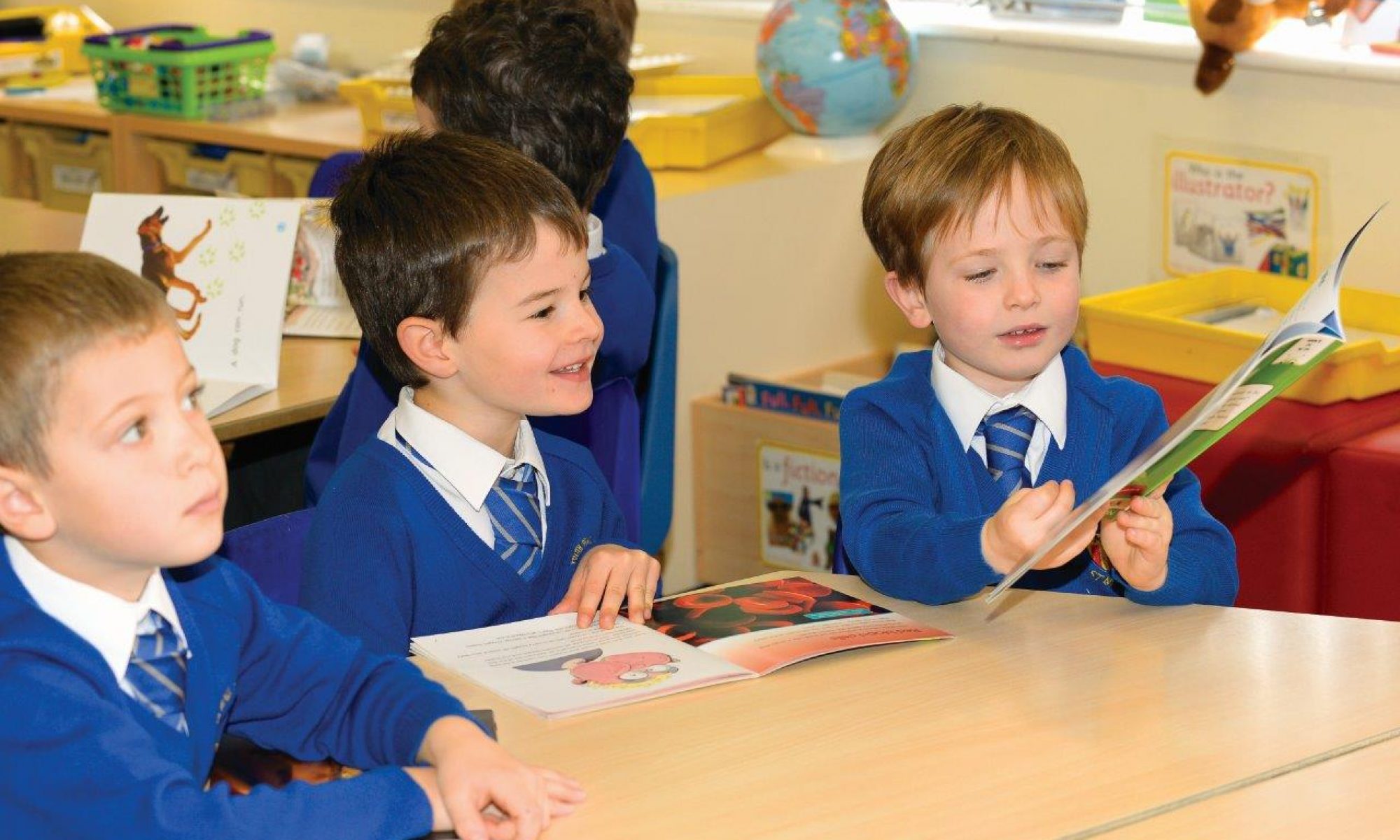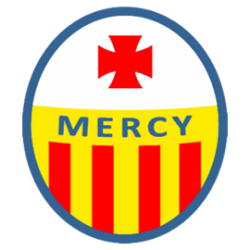Good morning parents and children,
I notice from your posts on Tapestry that many children are enjoying The Gingerbread Man story. We’re going to do some more learning about the story for one more week. So watch this space for more Gingerbread Man fun next week.
Communication and Language
Understanding question words using stories

Asking questions about stories is a way of finding out what children know, understand and can remember. It also encourages children to be reflective.
We’ve already explored The Gingerbread Man story with lots of reflective questions. I’ve compiled some more specific questions relating to our Gingerbread Man story which will deepen your child’s learning.
- What did the Little Old Woman do to make the Gingerbread Man?
- What happened when the Little Old Woman opened the oven?
- Why did the Gingerbread Man run away?
- Why did everyone chase him?
- Why do you think everyone wanted to eat the Gingerbread Man?
- Why did the Gingerbread Man stop when he reached the river?
- Why didn’t the fox tell the Gingerbread Man he wanted to eat him?
- How did the fox trick the Gingerbread Man?
- Why did the Gingerbread Man trust the fox? Would you?

Challenge your child to ask you a question. Maybe take turns. What about making it into ‘Quiz Time’ game – who can get the most points? What will the winner’s prize be? Perhaps choose your own story for this game.
Literacy/Letters and Sounds
Make a story chair/story area
Create a specially decorated chair or story area with your child. This then becomes a special place for your child to tell all sorts of stories. All you need to do is choose a chair and drape different fabrics over it or your child may wish to make some decorations for the chair. Maybe add dressing up clothes, fairy lights, some writing materials etc.
Today’s new sound – ‘igh’ (trigraph three letters but one sound)
Here is a video to introduce the sound. It also has a little reading challenge at the end.
This video supports blending and reading words that include the ‘igh’ sound.
Below is the action for ‘igh’ :

Show your child how to write ‘igh’ using the correct letter formation.

Letter formation for ‘i’, ‘g’ and ‘h’ can be found in your child’s letters and sounds book.
Encourage your child to ‘have a go’ at writing the ‘igh’ sound.
If your child is ready for a challenge, ask your child to write the following words:

For extra challenge, maybe your child could write a sentence and draw a picture to accompany the sentence.

Maths
Creating varied patterns and independently
This step should feel like a natural flow from the previous steps and many thanks to those children who have already shown me their independent patterns.
- Provide materials (eg. bricks, stones, twigs, knives, forks, spoons, cars, beads, buttons) for your child to create their own pattern.
- Again, ensure your child can talk about their pattern and identify where it repeats.
- Parents, try creating your own pattern and present deliberate errors. Ask your child to ‘fix’ the problem.
- Create patterns for a purpose – wrapping paper for a birthday or a design for a dinner place mat for example.
Baking a Gingerbread Man

I have posted on the Memo section of Tapestry a simple gingerbread recipe. Your child could, of course, make any sort of biscuit depending upon the cutters available at home.
Here are some ideas to support your child’s learning:
- Talk about the sequence of the recipe and involve your child in following the numbered steps.
- Encourage your child to read the recipe with you eg. stop at a word, say ‘mix’, and pretend to struggle ‘Can you read that word for me?’
- Talk about numbers throughout your cooking activities such as how many eggs or spoonfuls you might need.
- Place all of the ingredients you need for the recipe on a tray and ask your child to pass them to you by asking specific questions such as ‘pass me the ingredient that is beside the flour, or behind the eggs’. The game can continue with your child naming the positions of ingredients to you.
- Teach your child how to use the scales and how to read the dial or numerals. You can also encourage your child to guess which of two items is heavier or lighter by holding one in each hand, for example a bag of sugar in one hand and a bag of flour in the other. Check if your child’s estimate was correct.
- Cooking together lends itself ideally to talking about time. How long will the gingerbread people take to cook? Set timers together on your cooker, freestanding timer or phone.
Wishing you all a wonderful weekend.
Nicola Palmer

